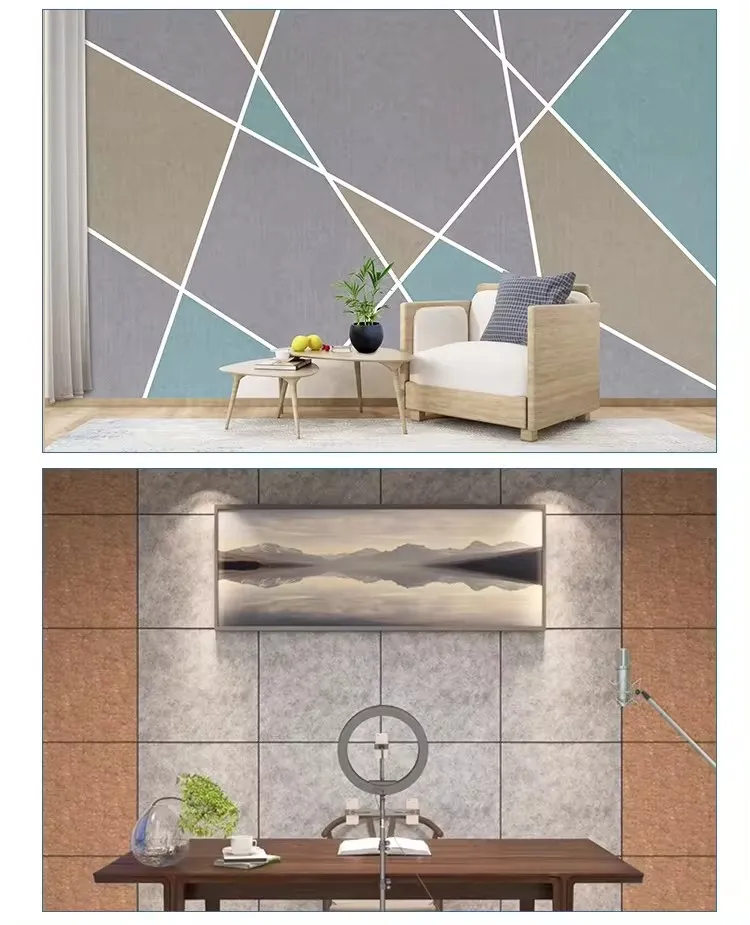The Evolution of Acoustic Panel LED Technology
In recent years, the integration of acoustics and lighting has become a burgeoning trend in modern interior design. The marriage of acoustic panels and LED technology is revolutionizing the way we think about sound management and spatial aesthetics. This innovative approach not only enhances auditory experiences but also elevates the visual appeal of various environments, from offices to homes and public spaces.
The Importance of Acoustic Panels
Acoustic panels are sound-absorbing materials designed to minimize noise interference and improve sound quality. In open office spaces, for instance, excess noise can lead to decreased productivity and increased stress levels among employees. Therefore, the need for effective sound management solutions is paramount. Acoustic panels help in absorbing sound waves, reducing echo, and creating a more conducive environment for communication and concentration.
Traditionally, acoustic panels were utilized in commercial sectors, such as recording studios, auditoriums, and conference rooms. However, their benefits are now recognized in residential spaces, as homeowners seek to create tranquil environments away from city noise and distractions. As a result, the design and functionality of these panels have evolved, leading to the emergence of acoustic panel LED technologies.
The Fusion of Technology and Design
With advancements in LED lighting technology, manufacturers are now producing acoustic panels that come integrated with LED lights. This innovative combination not only addresses sound management but also offers customizable lighting options, contributing to the overall ambiance of a space. The integration of LEDs allows for mood lighting, accent lighting, and task lighting, all while maintaining a high level of sound absorption.
One popular application for acoustic panel LED technology is in collaborative work environments. In open-plan offices, where numerous conversations take place simultaneously, integrating LED-lit acoustic panels can create visually appealing zones that foster collaboration while also enhancing auditory comfort. Companies are increasingly investing in these solutions to encourage teamwork and creativity without the overwhelming noise that typically characterizes such spaces.
Enhancing Aesthetic Appeal
acoustic panel led

The design aspect of acoustic panel LED technology is significant. Gone are the days of bland, uninspiring soundproofing solutions. Modern acoustic panels are available in a wide variety of colors, patterns, and textures, allowing designers to create visually stunning environments. The addition of LED lighting provides even more design possibilities, as users can choose to adjust colors and intensity to fit the mood or theme of the space.
Moreover, these panels can be used as focal points within a room. For example, a large, decorative acoustic panel with integrated LED lights can serve as a piece of art while simultaneously providing essential sound absorption. This dual functionality adds value to interior spaces, making them not only more attractive but also more practical.
Sustainability and Energy Efficiency
An added advantage of acoustic panel LED technology is its potential for sustainability. LED lights are known for their energy efficiency, consuming significantly less power compared to traditional lighting options. When combined with eco-friendly materials used in acoustic panels, this technology aligns with the growing demand for sustainable design practices.
As businesses and homeowners become more eco-conscious, the choice to invest in acoustic panel LED products can contribute to reducing carbon footprints while improving overall quality of life. The longevity of LED lights also means less frequent replacements, further minimizing waste.
The Future of Acoustic Panel LED Technology
As we look to the future, the demand for acoustic panel LED technology is expected to grow. With an increasing emphasis on wellness in design, the need for balanced environments that prioritize sound quality and aesthetics will continue to rise. Innovations in materials and technology will undoubtedly expand the possibilities of what these products can offer.
In conclusion, the integration of acoustic panels and LED lighting represents a significant advancement in interior design. By combining sound absorption with customizable lighting, these products enhance both the functionality and aesthetics of various spaces. As we continue to navigate the challenges of noise pollution and seek sustainable solutions, acoustic panel LED technology stands out as a promising option for creating harmonious and inviting environments. Whether in commercial settings or residential designs, this trend is likely to shape the future of interior spaces for years to come.
